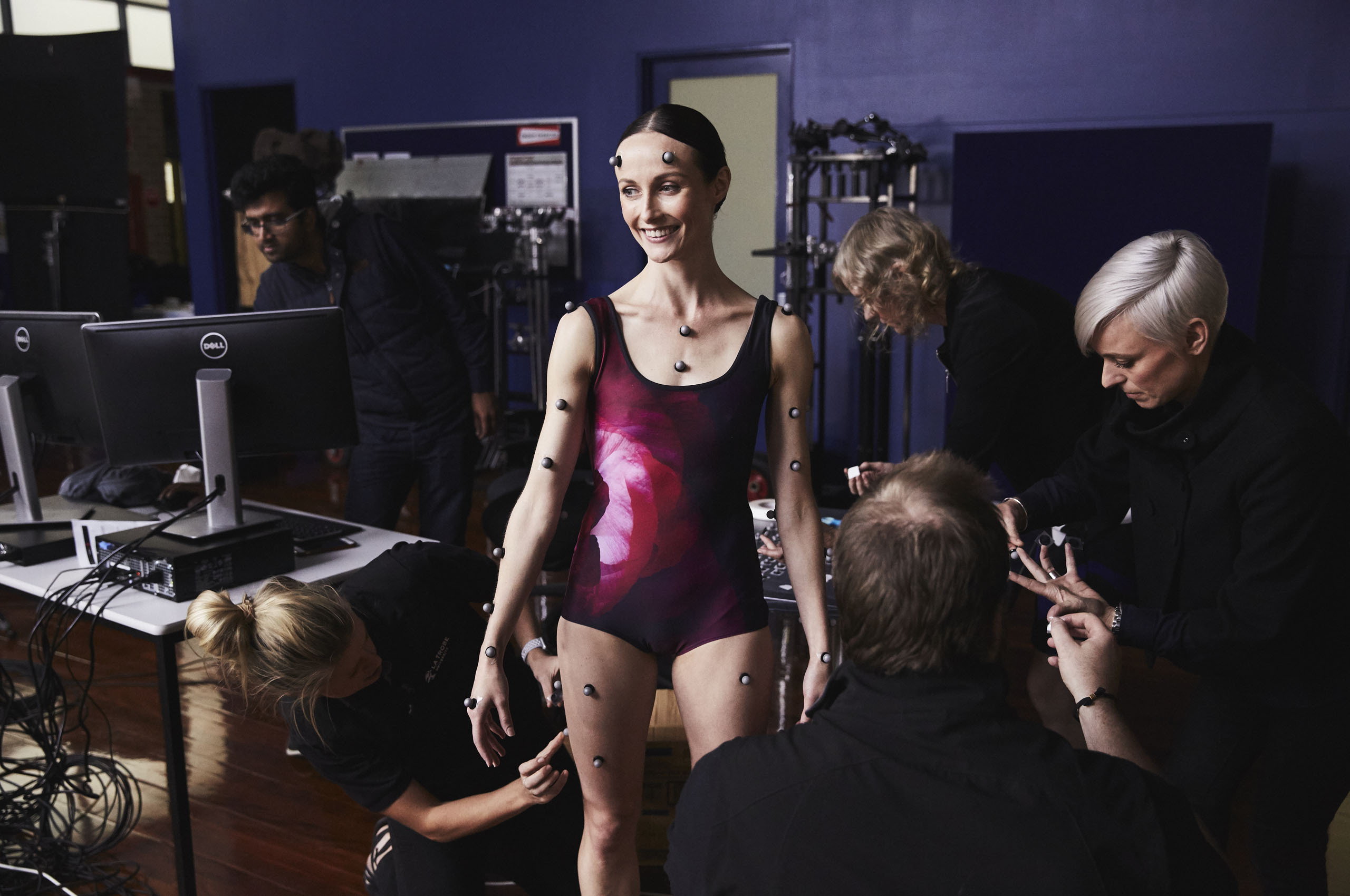World-class research

Our partnership brings together our world-class sports and exercise medicine researchers. Along with The Australian Ballet’s internationally respected injury prevention and rehabilitation team, to optimise dancer performance and health.
The partnership forms part of La Trobe’s Sport and Exercise Medicine Research Centre (LASEM).
Dancers of The Australian Ballet are like high-performance athletes. They repeatedly put their bodies under great stresses, which means that their musculoskeletal tissues are vulnerable to overload and injury. They also face unique psychological and emotional challenges while they balance professional and personal priorities, and build sustainable careers.
We’re using our research findings to improve ballet training, injury rehabilitation, and wellbeing and development programs. We aim to reduce injury rates and successfully rehabilitate injured dancers. The ballet-related research findings are also being used to create better outcomes in other elite sports and for the general population.
We propose that the findings from our research in musculoskeletal health and overall wellbeing could be applied to a range of sporting areas, professions, research fields and the wider public, including:
- dancers (beginner to elite)
- athletes
- sports (including cricket, tennis, netball, football, soccer and swimming)
- general public
- surgeons, clinicians, radiologists, and physiotherapists
- sufferers of joint pain and osteoarthritis.
Dance within Australia is very popular with more than 420,000 children under 15 participating in dance classes each week – second only to swimming, and more than in football, rugby or cricket (Australian Bureau of Statistics). With numbers like that it is clear that more in-depth research into the physical impacts of dance and injury prevention strategies could have huge benefits for young people in Australia.
Current research projects
- Dancer wellbeing: Investigating wellbeing and mindfulness training in professional dancers (Carly Harrison, PhD candidate, School of Psychology and Public Health La Trobe University).
- Ankle injury: Investigating Posterior Ankle Impingement Syndrome in dancers (Peta Baillie, Masters candidate, School of Allied Health, La Trobe University).
- Hip muscle size: Investigating the size of deep hip rotator and abductor muscles (Rachael McMillan, PhD candidate and Sophie Emery, rehabilitation physiotherapist, The Australian Ballet).
- The Australian Ballet’s Education and Outreach Program Impact Evaluation: Investigating the social impact of the program on participants, including health, wellbeing, social inclusion, educational outcomes and First Nations engagement [Katy McKeown (Head of Education and Outreach, The Australian Ballet), Professor Russ Hoye (Dean, School of Allied Health, Human Services and Sport, La Trobe University) and Dr Pam Kappelides (Senior Lecturer, Sport Management, La Trobe University)].
Completed partnership projects:
- Protect Your Hips: See the exercises that the elite dancers of The Australian Ballet use to strengthen and protect their hips.
Over the years the Artistic Health Team at The Australian Ballet have developed a suite of hip strengthening exercises. Strength is essential for dancer performance and injury risk reduction and strengthening through range can help promote and support flexibility. Watch now to see the range of exercises routinely prescribed to all dancers at The Australian Ballet and tailored to suit each dancer’s ability and requirements.
- Hip health: Investigating how the health of hip joints in elite ballet dancers change over time (Dr Sue Mayes AM, The Australian Ballet).
- Main findings: Most people would assume dancers’ hips are at risk of injury and that hip arthritis and total hip replacements are inevitable, due to the extreme movement required for ballet. We were thrilled to discover in our hip joint health study that professional ballet dancers’ hip health is very similar to athletes and dancers’ hip health did not change over five years. This is novel, as hip joint health has not been studied in ballet or sport over time. Osteoarthritis involves cartilage defect progression within five years, and yet ballet dancers’ cartilage did not deteriorate over the duration of the study. Ballet dancers’ hips appear to cope with the extreme loading over many years. The findings suggest that ballet can be promoted as a safe form of physical activity.
- Hip hypermobility: Investigating the relationship between flexibility and hip joint health in professional ballet dancers (Dr Sue Mayes AM, The Australian Ballet).
- Main findings: Hypermobile dancers are at no greater risk of reporting hip pain and injury or retirement over five years, and cartilage defect prevalence was much lower in hypermobile dancers than non-hypermobile dancers. Joint mobility can be measured clinically and guide the education of dancers. Hypermobile professional ballet dancers can be reassured that they may be at no greater risk of hip injury. At The Australian Ballet, all our dancers, including our hypermobile dancers, perform daily strengthening exercises that may protect the hip joint from injury. Further research is required to determine the risk of hip injury in hypermobile dancers in sub-elite or amateur level.
